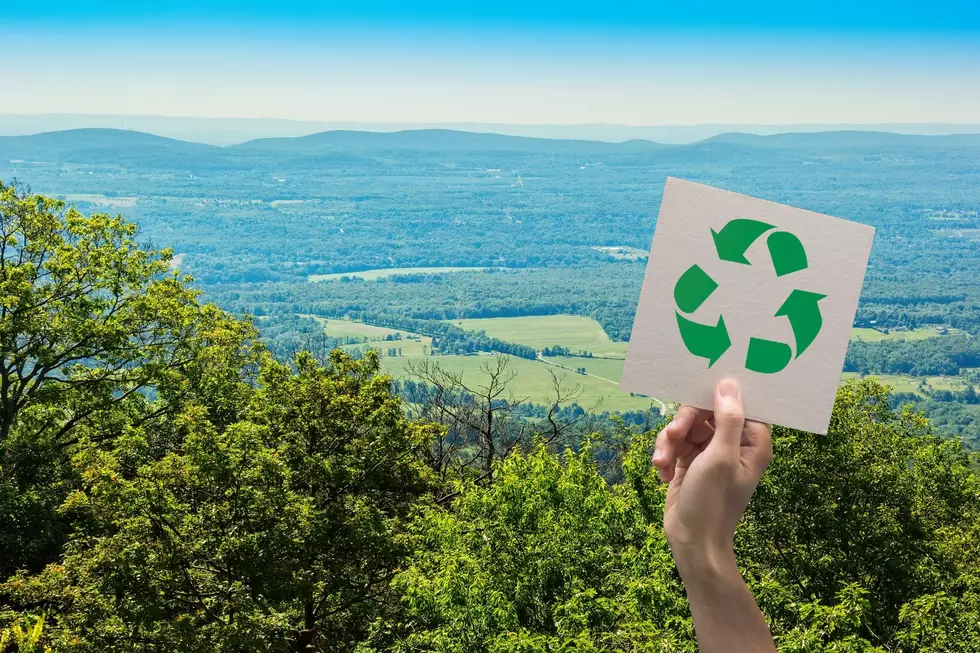
WEATHER: Will the Hudson Valley See a White Christmas?
Last week's mild weather is long gone by now, as the week ahead will bring more seasonable temperatures to the Hudson Valley. In fact, Monday morning was downright cold. Highs should remain in the 30s and 40s of most of the week ahead, as we enter the first official days of winter. The next real chance for any sort of precipitation won't be until the weekend. The question some may be wondering now is if the area will experience snow on Christmas Day?
Highs Monday will stay in the upper 30s during the afternoon, under mostly sunny skies. Lows will fall into the low to mid-20s again Monday night. Highs Tuesday and Wednesday will remain in the low 40s, with more clouds than sun. Lows both nights will fall into the 20s again. Thursday and Friday will see temperatures in the upper 30s to low 40s, with partly cloudy skies.
Christmas morning could bring the chance for some snow showers across the area, with the higher elevations in the Catskills seeing the better chance for any light accumulation. Temperatures will warm up into the mid-40s by the afternoon, so any snow will change over to rain by later in the day. So, any snow we could see should be pretty light and will probably melt away by the middle of the day. The weather will clear out by Sunday, as highs will reach the low 40s, with mostly sunny skies.
As we approach winter, some of the extended forecasts remain a bit conflicting. While some, like the Old Farmer's Almanac, are saying we should expect near-normal temperatures and precipitation, other forecasts are calling for below-average temps and above-average snow. One big factor could be the return of La Niña. La Niña is a phenomenon that produces cooler than average water temperatures in the tropical Pacific Ocean around the equator. It is not to be confused with El Niño, which is when warmer water temperatures occur in that part of the Pacific. Past La Niñas have produced colder, snowier winters across the northeast.


